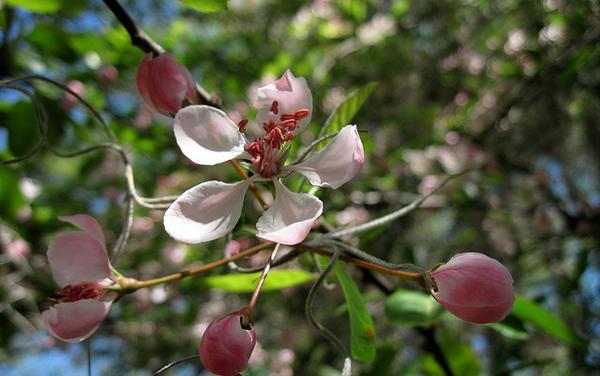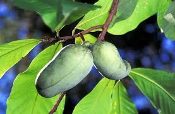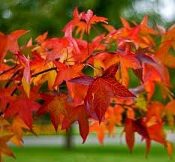Malus coronaria, Sweet Crabapple 12-18″ Native Bare Root Tree, Spring Ship Only
Order Minimum
There is a minimum order total of $150.00.
before tax (VA residents only) and shipping.
There are NO EXCEPTIONS.
Description
Malus coronaria, Sweet Crabapple 12-18″ Native Bare Root Tree, Spring Ship Only
Uses (Ethnobotany):
It’s hard, heavy wood makes excellent tool handle, levers, and small woodenware articles.
Life Cycle:
Woody
Recommended Propagation Strategy:
Root Cutting
Seed
Country Or Region Of Origin:
FL to s.e. TX, n. to NJ, KY, s. IL & AR
Distribution:
: AL , AR , DC , DE , FL , GA , IL , KY , LA , MD , MO , MS , NC , NJ , OH , PA , SC , TN , TX , VA , WV
Wildlife Value:
Bloom pollen is especially useful for bees as a food source in early spring as this tree blooms early. The small apples in late summer and fall are eaten by multiple birds and small woodland and neighborhood mammals (ex., opossums, squirrels, rabbits) of all kinds, including deer.
Play Value:
Edible fruit
Wildlife Food Source
Edibility:
Flowers are edible in moderation but contain cyanide precursors. Its fruit is occasionally used for jelly, preserves and cider.
Light:Full sun (6 or more hours of direct sunlight a day)Partial Shade (Direct sunlight only part of the day, 2-6 hours)Soil Texture:Loam (Silt)Soil pH:Acid (<6.0)Neutral (6.0-8.0)Soil Drainage:Good DrainageMoistAvailable Space To Plant:12-24 feetNC Region:CoastalMountainsPiedmontUSDA Plant Hardiness Zone:4a, 4b, 5a, 5b, 6a, 6b, 7a, 7b, 8a, 8b, 9a, 9b
Description
The native Sweet crabapple is a shrub or small tree, 20 to 30 feet in height. Its native habitat is pine woodlands or mixed woods, in open to medium densities. Its branches spread outward to form a rounded open crown. Some states consider this native to be threatened or “of concern” due to losses of native habitats or inadequate reseeding.
Plant in full sun or part shade will encourage more blooms and fruiting. Any pruning needed is mostly for ground suckers or for shaping the tree by removing unwanted or problem branches, such as those crossing or rubbing against each other. Well-drained, but moist and slightly acid soils are appropriate. It can grow in flat or sloped areas but does need some space. It works well near the borders of woodlands, as a backdrop to a fence, or in “wild” or native areas.
Some prefer the crabapple for its beautiful blooms and small apples for jellies and jams but prefer that it be away from a mowing or walking area due to those same small fruits that fall onto the ground.
If space is available, a grove of crabapples provides for a multitude of wildlife ranging from birds and pollinators to multiple small mammals and deer. This may help to keep less desirable garden visitors away from more desirable crops in late summer through fall. Depending on the age of the sapling, crops can begin within 3 to 4 years and reach abundance by 6 or 7 years.
Some crabapples are resistant to rusts, fireblights, and scabs, while others are not,. The less resistant, the more important will be maintaining soil health. Check the label.
Malus coronaria Sweet Crabapple 12-18″ Native Bare Root Tree, Spring Ship Only
Related products
-

Asimina triloba, Paw Paw 12-18″ Wholesale Native Bare Root Fruit Trees, SHIPS SPRING ONLY !
$3.75 Add to cart -

Salix nigra, Black Willow 18-24″, Wholesale Native Bare Root Trees
$8.00 Add to cart -

Liquidambar styraciflua Sweet Gum 18-24″ Wholesale Native Bare Root Trees
$8.00 Add to cart -

Quercus alba, White Oak 18-24″ Wholesale Native Oak Trees Bare Root
$8.50 Add to cart




